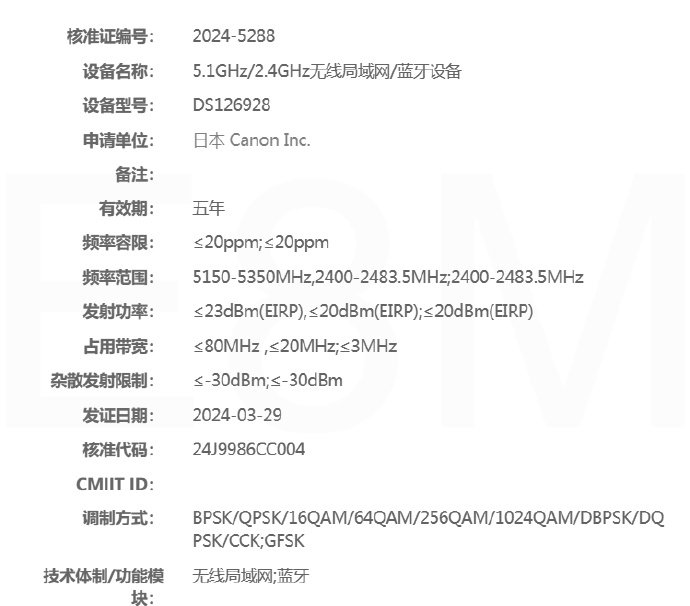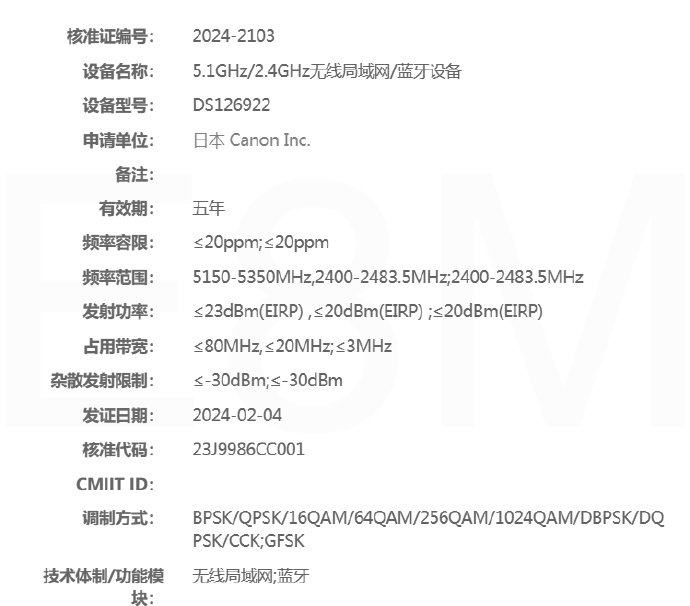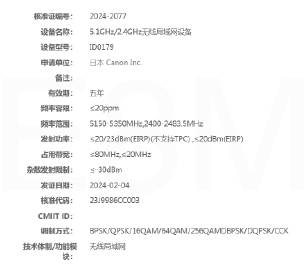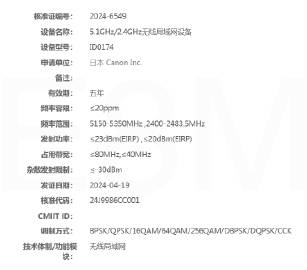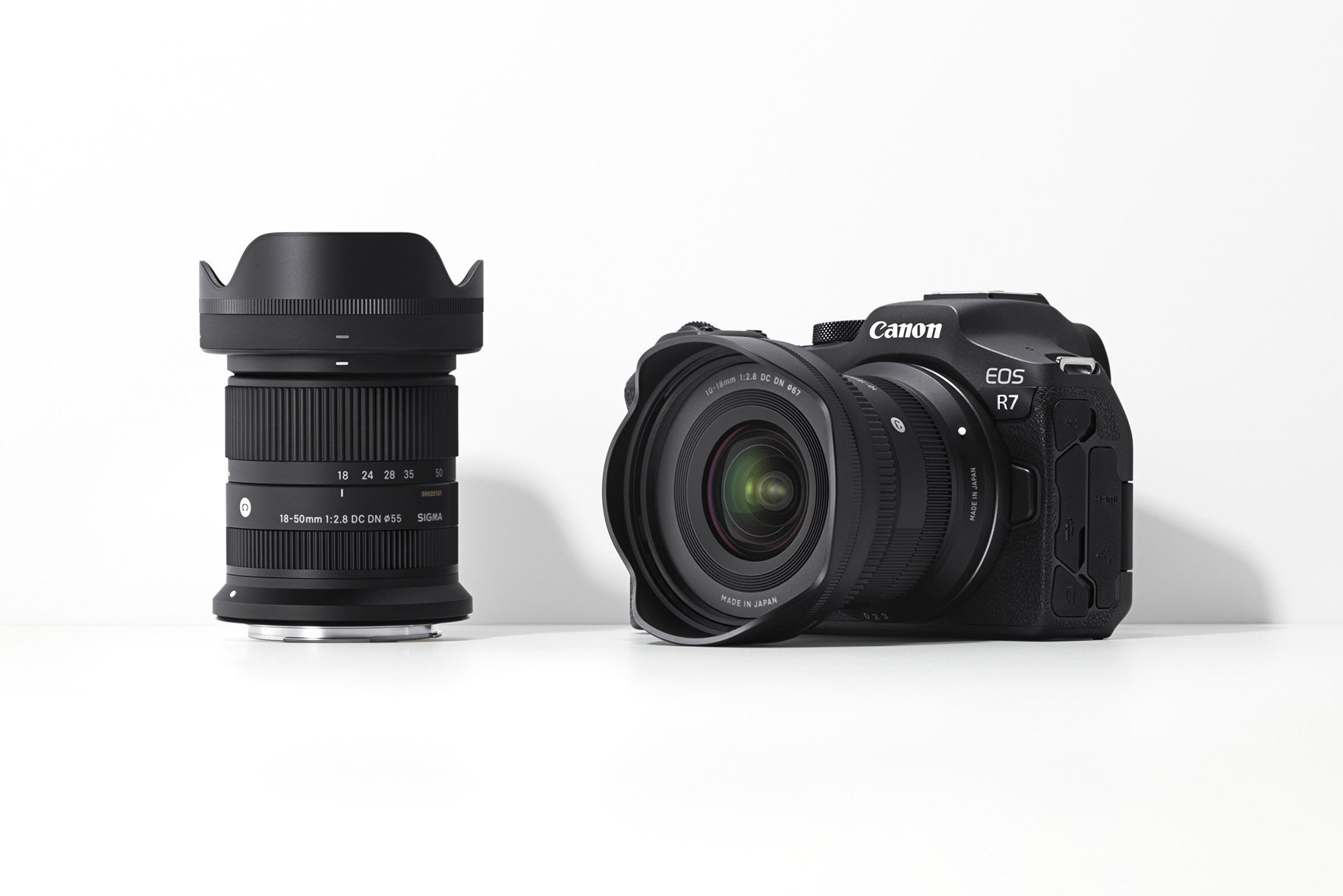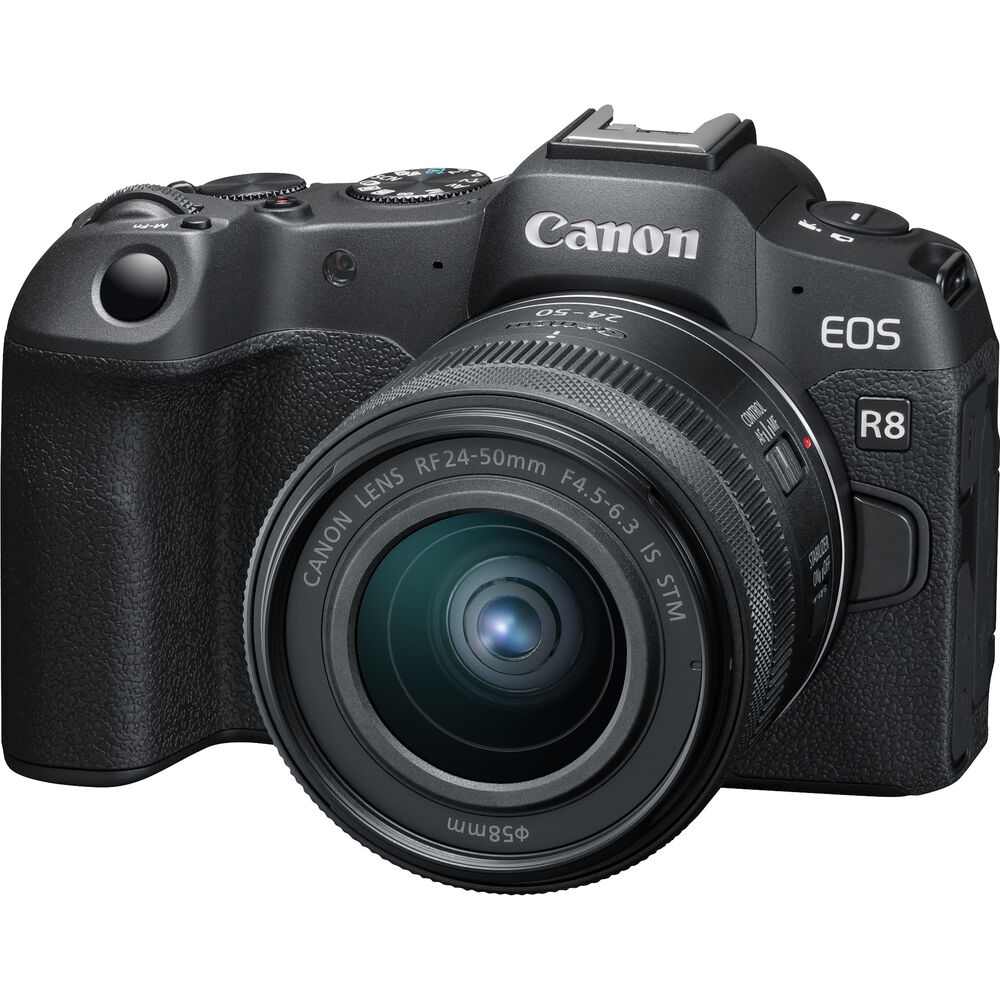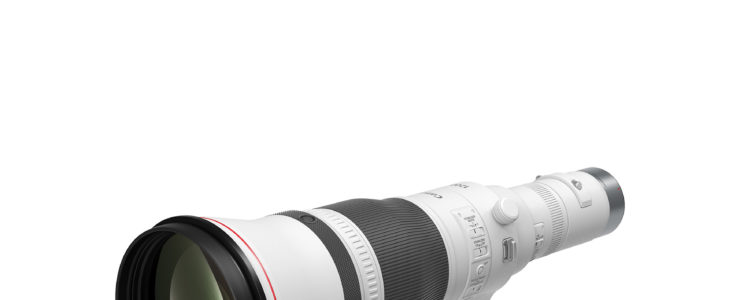Follow us:
Here Are The IDs Of Four Registered Yet Unannounced Canon Products
Canon registered four products that have not yet been announced. All four refer to video gear, according to a blogger from Cina.
Usually well informed Weibo user E8M_8888 posted the list of the registration IDs:
- ID174 registered on April 19, 2024
- ID179 Registered on February 04, 2024
- DS126922 Registered on February 04, 2024
- DS126928 Registered on March 29, 2024
Now the funny part. E8M_8888 writes (machine translated):
Some influential overseas entry stations form a unique point of view in order to snatch information without knowing the history of Canon products and then making a conclusion. Here I want to correct it: ID sequence registration information is all video products.
If you wonder what or who the “influential overseas entry stations” are, it’s the well known hysterical rumor sites we all know 😀. According to E8M_8888 they are all wrong in their speculations: all four IDs refer to video gear. The products have been registered at a WiFi registration authority.
Time will tell. In the meantime forget rumors and go out snapping photos.
